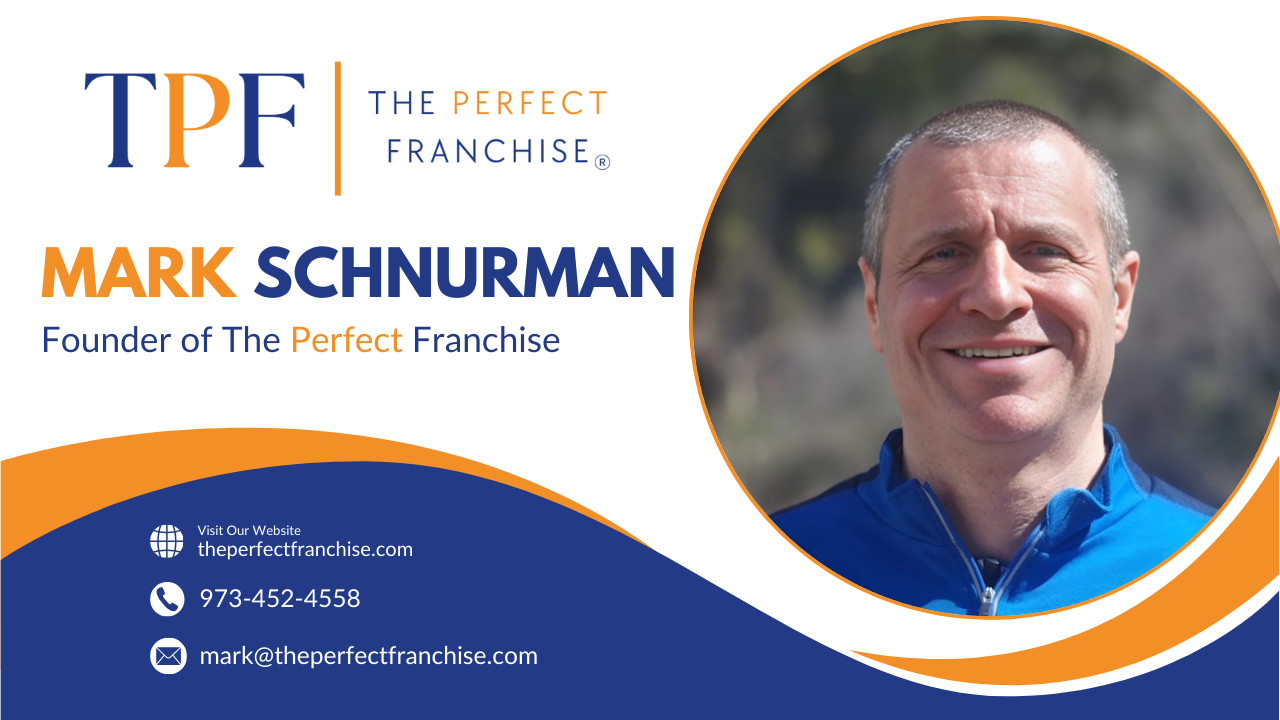High-Cost Retail Franchises May Seem Safer, But Leases, Operating Costs and Other Factors Increase Risk
There is a widespread assumption in franchising that investing more money will lead to a greater income and less business risk. Both are false. There is absolutely no correlation between investment amount and financial return. Business risk, understood as anything that could lead the business to fail, is not mitigated by investing larger sums of money. In fact, it is precisely the larger investment that increases the risk.
Simply put, the more you invest the more you can lose. Capital risk, the potential of permanent loss of some or all of an investment, rises with your investment. It’s basic math that If you invest $1,000,000 you have a lot more at stake than if you invest $100,000. The real question, though, is are there some factors, aside from pure investment risk, that make high-cost franchises riskier than their low-cost alternatives?
Retail Franchises
Retail franchises are ones that generally come to mind when people consider franchising. These high-cost retail franchises offer some fabulous benefits. They are typically semi-absentee, scalable, and can create both income and wealth. The good ones are a great option for some people, particularly those who want to build something as a side investment. Let’s explore the retail franchising sector for some answers about risk.

Leases
Franchises such as quick service restaurants, coffee shops, boutique fitness, health, beauty, etc. all require physical retail locations. While there is significant variation in the retail footprint, 1500 sqft is a reasonable midpoint. Depending on individual market rates, a 1500 sqft location will cost several thousand dollars a month in rent, not including potential improvements to the property. Franchisees sign a long-term lease, often equal to the length of the franchise agreement. Let’s say 10 years. Signing a 10-year lease for $5,000 a month puts the franchisee on the hook for $5,000 over 120 months, whether or not the location is successful, making it difficult to cut losses quickly in a retail franchise.
Operating Costs
In addition to real estate, retail franchises are expensive to launch and run. When you consider rent, equipment, wages, marketing, inventory, financing, etc the costs are significant leading to high revenue requirements to simply break even.
During due-diligence you must assess the cost of entry, the cost of monthly operations, and the revenue needed for profitability. During validation be sure to ask existing franchisees about the economics and the ways that they manage their expenses and drive revenue! Only once the basic economics are understood can an informed decision be made.

Changing Market Preferences
In addition, the tastes of Americans change as quickly as the wind. The risk that a retail concept will be hot now and may struggle in the future is real. While all businesses may encounter difficulties due to a change in market preferences, that risk is exacerbated when the concept is not part of an established sector or is a fad. In other words, being part of an unproven concept type comes with much more risk than being a new player in an established sector. In general, coffee, pizza, chicken, and burgers are safer than food concepts that are not as ubiquitous.
Staffing Issues
Retail locations average over 10 low-wage, high-turnover positions. The good part is that it is easy to find employees; the bad part is that you will always be hiring. Turnover adds to business variability and to operational costs. Again, this issue disappears when the franchise runs on all cylinders but becomes problematic when underperforming.
Retail franchises are typically manager-run, allowing for semi-absentee ownership and supreme scalability. But there is a downside. Hiring the wrong manager or having the right manager resign can significantly impact your business.
Understanding the Risks
More people have built and sustained wealth through retail franchising than in any other franchise sector, and there are ways to mitigate all of the risks discussed. But the risks must first be understood, appreciated, and managed. Happy franchising!






